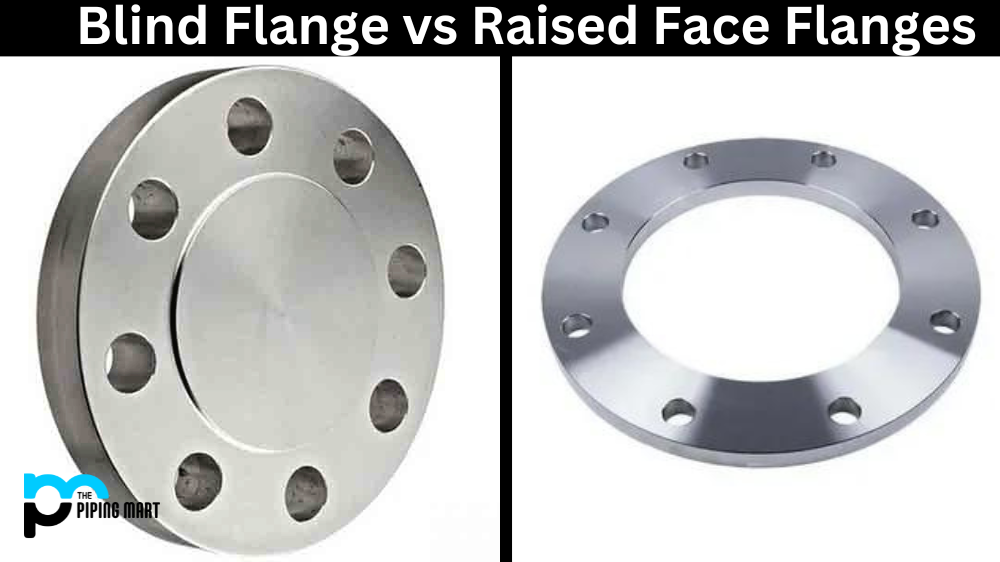Blind flanges are essential components in piping systems. They close the end of a pipe, and this helps in preventing leaks and protecting the piping system from damage. There are different types of blind flanges, and understanding them can help you choose the right one for your piping project. This blog post will explore the different types of blind flanges and their applications.
What is Blind Flanges?
Blind flanges are solid discs used to close off the ends of pipes, valves, or equipment nozzles. They are typically bolted to the flange, providing a tight seal to prevent leakage. These flanges are commonly used in piping systems for maintenance or inspection purposes and pressure testing. They come in various sizes and materials to suit different industrial applications.
Types of Blind Flanges
Raised Face Blind Flanges –
Raised face blind flanges are the most commonly used type of blind flange. A raised face is on the flange’s face that sits against the pipe. It provides support when the flange bolts are tightened, thus preventing leakage. These flanges are ideal for low-pressure systems and cost-effective compared to other blind flanges.
Ring Joint Blind Flanges –
Ring joint blind flanges are designed to be used in high-pressure systems. They are made with a ring groove machined into the flange’s face, which holds a metal gasket in place. These flanges feature a more substantial wall and are used in applications that demand higher pressure or temperature ratings.
Flat Face Blind Flanges –
Flat-face blind flanges do not have any protrusions on their face. As a result, they are perfect for low-pressure systems. Gaskets are used to seal the flange, and it maintains a smooth appearance, making it ideal for projects that require a neat finish.
Weld Neck Blind Flanges –
Weld neck blind flanges have a long tapered hub welded to a pipe. They are used in high-pressure applications such as steam or gas pipelines. The flange has a thickness similar to the pipe, ensuring a smooth transition between the pipe and the flange. Weld neck blind flanges are expensive but offer optimal functionality and are worth the investment.
Threaded Blind Flanges –
Threaded blind flanges are fittings used to seal the end of a piping system or vessel. They feature internal threads to connect to a threaded pipe or fitting. These flanges are tightened onto the pipe end, creating a secure seal. Threaded blind flanges are commonly used in low-pressure applications and are easily installed and removed for maintenance.
Conclusion
In conclusion, choosing the right type of blind flange can significantly affect your piping project’s success. Ensure that you consider the pressure and temperature of your system when choosing a blind flange. Speak to experts to determine the right one for your application. With this guide, you are well-equipped to choose the right type of blind flange that meets your system’s requirements.

Hey, I’m Krutik, a casual blogger expert in the metal industry. I am passionate about providing valuable information to my readers. With a background in engineering and construction, I like playing Cricket & watching Netflix shows in my free time. Thank you for visiting my blog, and I hope you find my information helpful!




